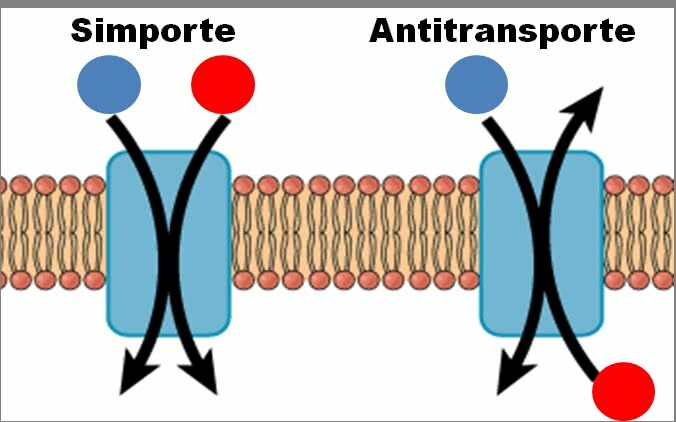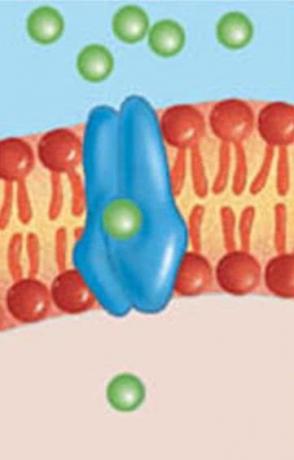Auxins are the most important plant hormones. They have effects on various physiological functions of plants.
Charles Darwin was the forerunner of the discovery of auxins when he studied phototropism in canary seed.
Darwin's and other researchers' studies showed that curvature growth in response to light was influenced by a chemical produced at the apex of the coleoptile. This fact culminated in the discovery of auxin, in 1926, by the Dutchman Fritz Went.
Because the substance promotes the elongation of coleoptile cells, it was called auxin, a word derived from the Greek meaning “to grow”.
It wasn't until the 1930s that researchers identified auxin as indoleacetic acid (IAA). Indoleacetic acid is the most common natural auxin found in vegetables.
Auxins Characteristics
In general, auxin production is associated with sites of rapid cell division. The highest production of auxins occurs in the apical meristem of the stem, young leaves, developing fruits and seeds.
In the same way as the auxins, the gibberellins, also plant hormones, control various aspects of plant growth and development.
At synthetic auxins, produced in laboratories, promote physiological effects similar to those of natural auxins. They can also be used as herbicides.
As for transport, auxins move from the apex to the base of vegetables, that is, from the apex of the aerial part to the root (polar transport). Auxin is the only plant hormone transported in this way.
know more about plant hormones.
Effects of auxins on plant physiology
The effect of auxins depends on their concentration and where they work. Generally speaking, several physiological activities are controlled by auxins. Know the main ones:
Cell Division: Auxins stimulate the proliferation of the vast majority of cell types.
Cell stretching: Auxins act on the plant cell wall, promoting its distension and, consequently, cell elongation. This function promotes the growth of plant parts.
Apical dominance: Corresponds to apical bud growth and inhibition of lateral bud development. Auxin can act as a substitute for apical dominance by maintaining lateral bud inhibition. When the stem apex is pruned, the production of auxins is eliminated and the lateral buds develop and form new branches.
Root, flower and fruit growth: Auxin stimulates the development of adventitious roots in stems.
Fruit growth is stimulated by the auxin released by the forming seeds.
parthenocarpy: Corresponds to fruit development in the absence of pollination and fertilization. The formed fruits are called parthenocarpic and do not have seeds.
This situation can also be done artificially. Some farmers remove the stamens from the flowers and apply auxins to the ovaries. Thus, they obtain seedless fruit. It is a common practice in grapes, papaya, watermelons and tomatoes.
Phototropism: Corresponds to plant growth oriented towards light stimulation.
The action of auxins on vegetables is influenced by light. Light causes the auxin to migrate to the darker or shaded side of the plant. In this region, auxin promotes cell elongation and plant growth.
Read too:
Phototropism
Tropisms
Geotropism



